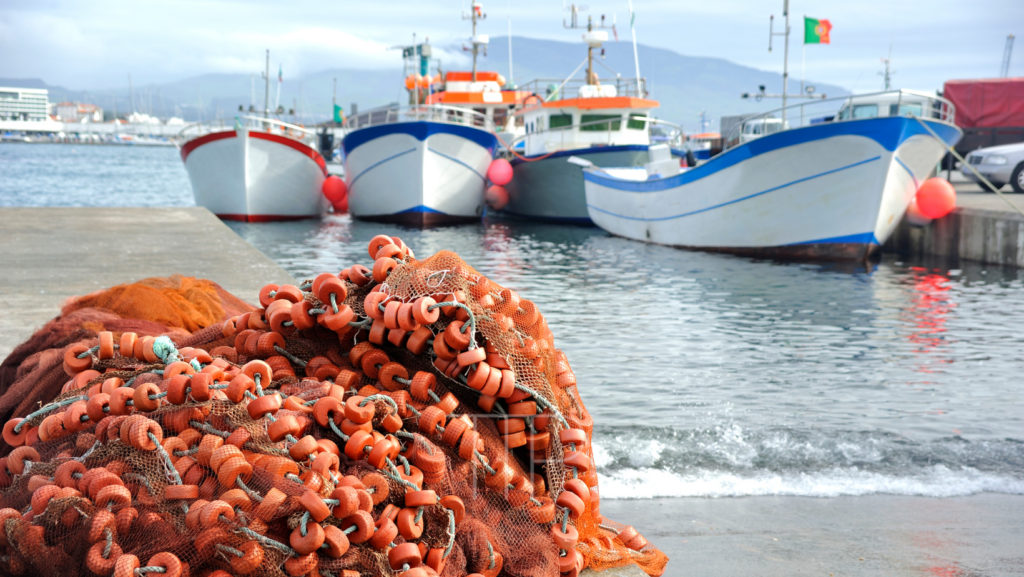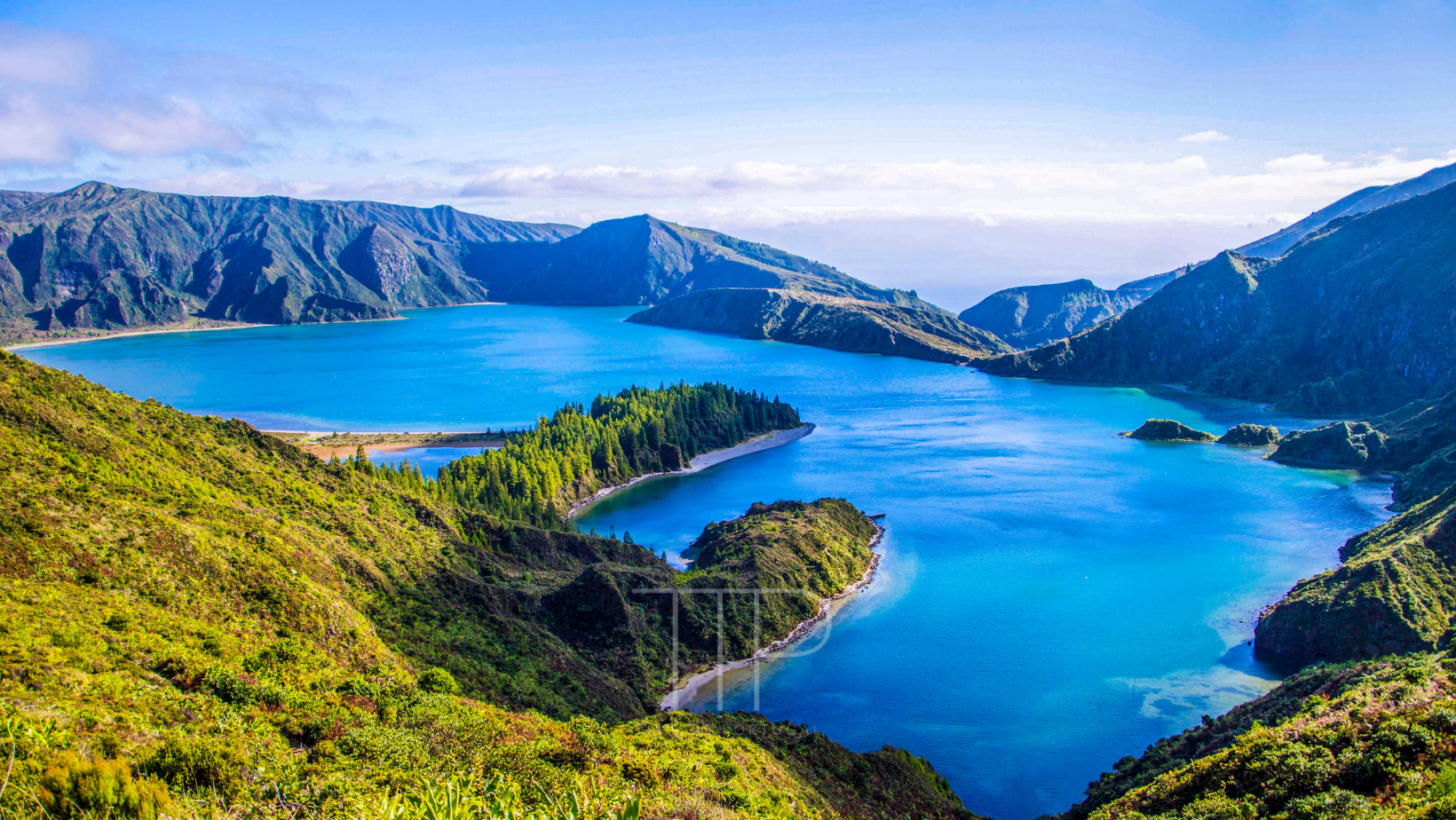This evergreen archipelago in the middle of the Atlantic has retained its unspoiled nature and offers many discoveries. Here are five reasons why you should spend your next vacation in the Azores
1. A wild world of hiking awaits you here
The view from the 2351-metre-high summit is of sprawling green landscapes and the Atlantic Ocean. The highest mountain in Portugal is located on the Azores, on the island of Pico: the Serra do Pico volcano. The six-kilometre hiking trail leads to the summit in around four hours. All nine Azorean islands offer spectacular hiking trails – almost always with views of the Atlantic.
Most visitors hire a car to explore the archipelago. But if you really want to discover the islands, enjoy the best views and explore the mysterious, secluded corners, you can hike the Azores. Along the way, the wild beauty of the lush green volcanic islands forms the perfect backdrop of cliffs, crater lakes, hot springs and dense tropical forest.
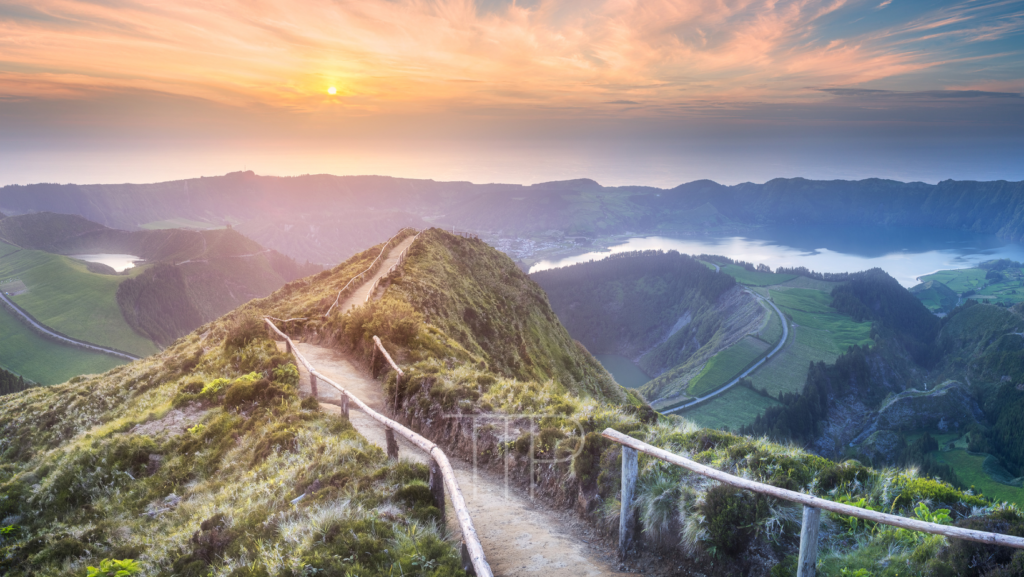
2. The Azores are one of the best places for whale watching
A day without waves is a perfect day for whales, says Cidónio Gonçalves, one of the “vigia”, a whale watcher, on the Azores island of São Miguel. On such days, the “blow”, the white fountain of water that whales emit when they breathe, can be recognized.
This makes it easy to spot the whales. Whale safaris are booming in the Azores. Awarded as one of the world’s best areas for observing the marine giants, a unique ecosystem for whales and dolphins can be found four hours’ flight from Germany. More than twenty species come every year to raise their young in the warm waters, says Gonçalves. Between April and November, he regularly observes blue whales, humpback whales and fin whales.
Blue whales are the largest animals in the world – and particularly endangered: according to Greenpeace, there are fewer than 2,000 animals living in our oceans. On a four-hour boat tour, Gonçalves’ captain Jose Costa shares his knowledge about whales and tells exciting Azorean anecdotes. A whale safari costs 35 euros. If no whales are sighted, the money is refunded.
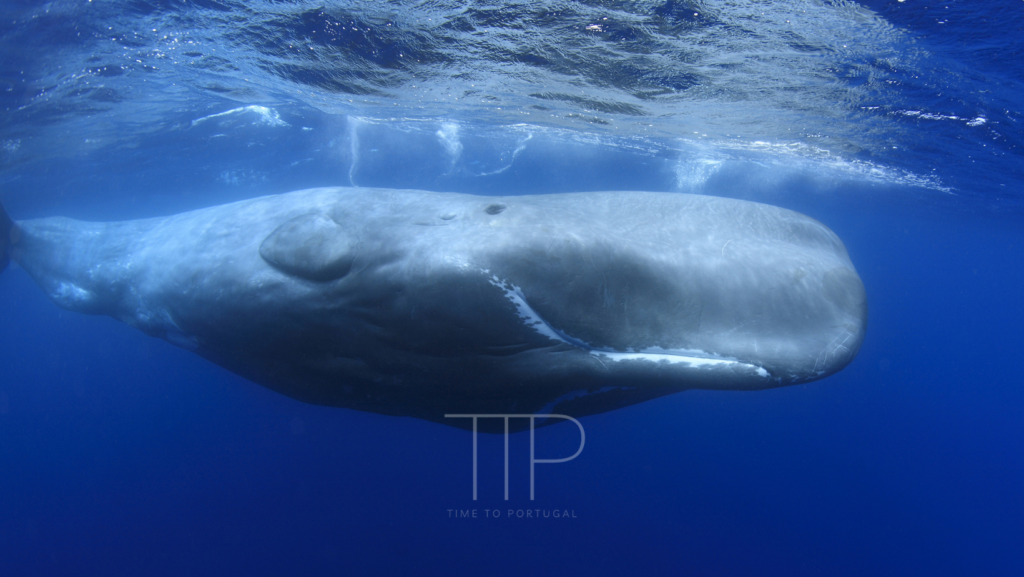
3. Festivals are still celebrated properly here
A procession passes the Igreja Sao Jose. The feast day of Senhor Santo Cristo dos Milagres is celebrated in the capital Ponta Delgada. Fairground stalls are set up on the church square. It smells of bifana. Pork cutlets simmer in a spicy garlic sauce in the vendors’ pans for the Portuguese’s favorite snack: the bifana sandwich. Even though most cultural festivals in the Azores have a religious connection, for the Portuguese they are inextricably linked to culinary delights.
Other popular festivals include the carnival on São Miguel (February), with the curiosity of visitors throwing water-filled balloons at each other. The Festival das Camélias on São Miguel (February), a flower festival at which hundreds of camellias are exhibited. The tradition goes back to the Portuguese sailors who brought the first camellias from the colony of Macau.
The São Roque music festival on Pico (July). The sailing week on Faial (August), with sailing regattas and music concerts. Or the tradition of the Romeiros (São Miguel, in February and March), a pilgrimage in which the so-called “ranchos”, the pilgrims, walk around the island in traditional dress for eight days in a clockwise direction, going from chapel to chapel.
4. Fine fish and seafood cuisine and culinary curiosities
The Portuguese history, the subtropical location and the volcanic origins of the Azores are reflected in the cuisine. There is a curiosity in the village of Furnas on São Miguel: a stew is served here, the “Cozido das Furnas”, which stews for up to seven hours in the thermal water of the volcanic soil.
Various types of fish, meat and sausage, cabbage, carrots, yams, potatoes and rice are added to the stew. São Miguel is also home to the only tea plantation in Europe, the “Chà Gorreana”. A Portuguese commander brought the tea plant from Brazil in 1820. Azores – that means forty regional cheeses. But above all, the Azores mean freshly caught fish every day.
However, you have to queue for the best tuna steak. The popular restaurant “A Tasca” in Ponta Delgada (Rua do Aljube 20) does not accept table reservations. Bolo Lêvedo”, a sweet yeast dough bread, is served as a dessert on all islands. Sugar, flour, eggs, milk – and a huge portion of secret. When it comes to the recipe for the bread, no island bakery will reveal its secret, not even the famous Pastelaria Glória Moniz in Furnas (Rua Victor Manuel Rodrigues 16).
5. The Azores can be explored all year round
The Azores are always green. The geographical location and the Gulf Stream make it possible: the climate in the Azores is mild and subtropical all year round. Even in winter, temperatures rarely drop below 10 degrees. Nevertheless, the Azores weather is capricious: you can experience all four seasons in a single day.
A good time to visit is between May and September. Then the weather is relatively stable and it rains less. This is because there is an annual average of 188 days of rain on São Miguel. In the summer season, the view into the distance from the viewpoints (miradouros) is the best and hiking is just as possible as the whale safaris. The SpotAzores webcam app is a good travel companion and helps you plan your trip as well as excursions and hiking tours.
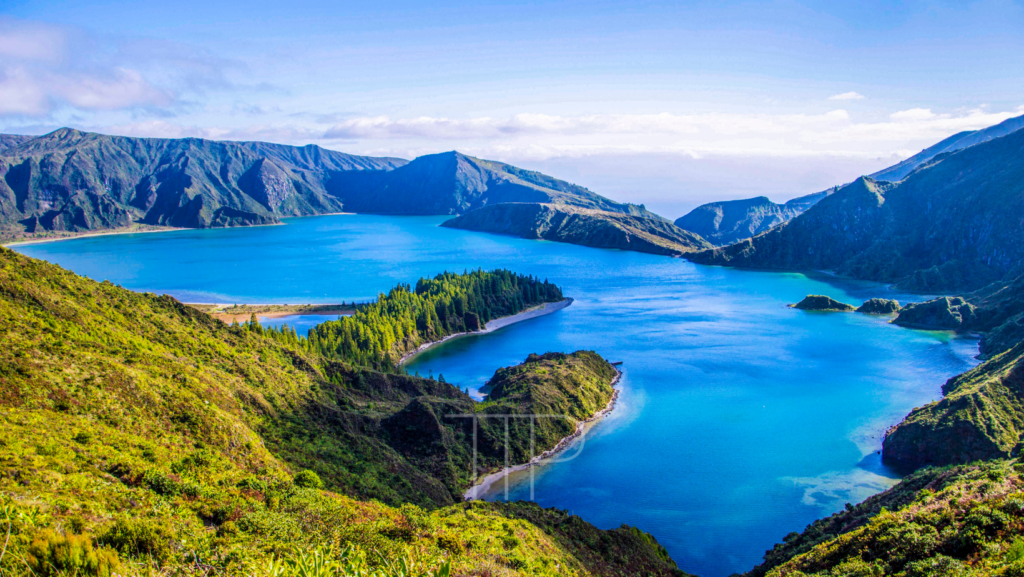
Related article: Azores Islands: Fisherman catches giant barracuda in the Azores
